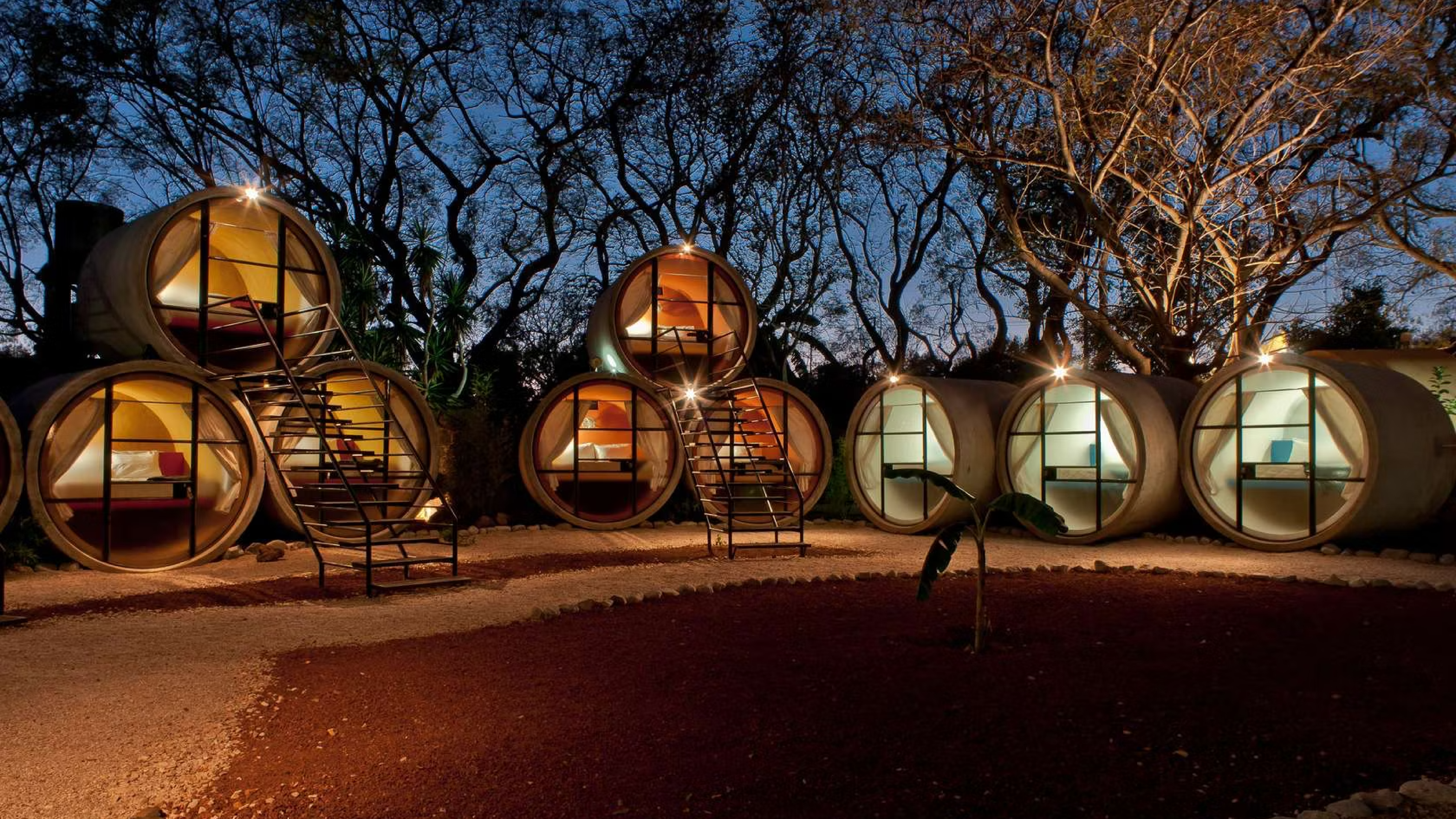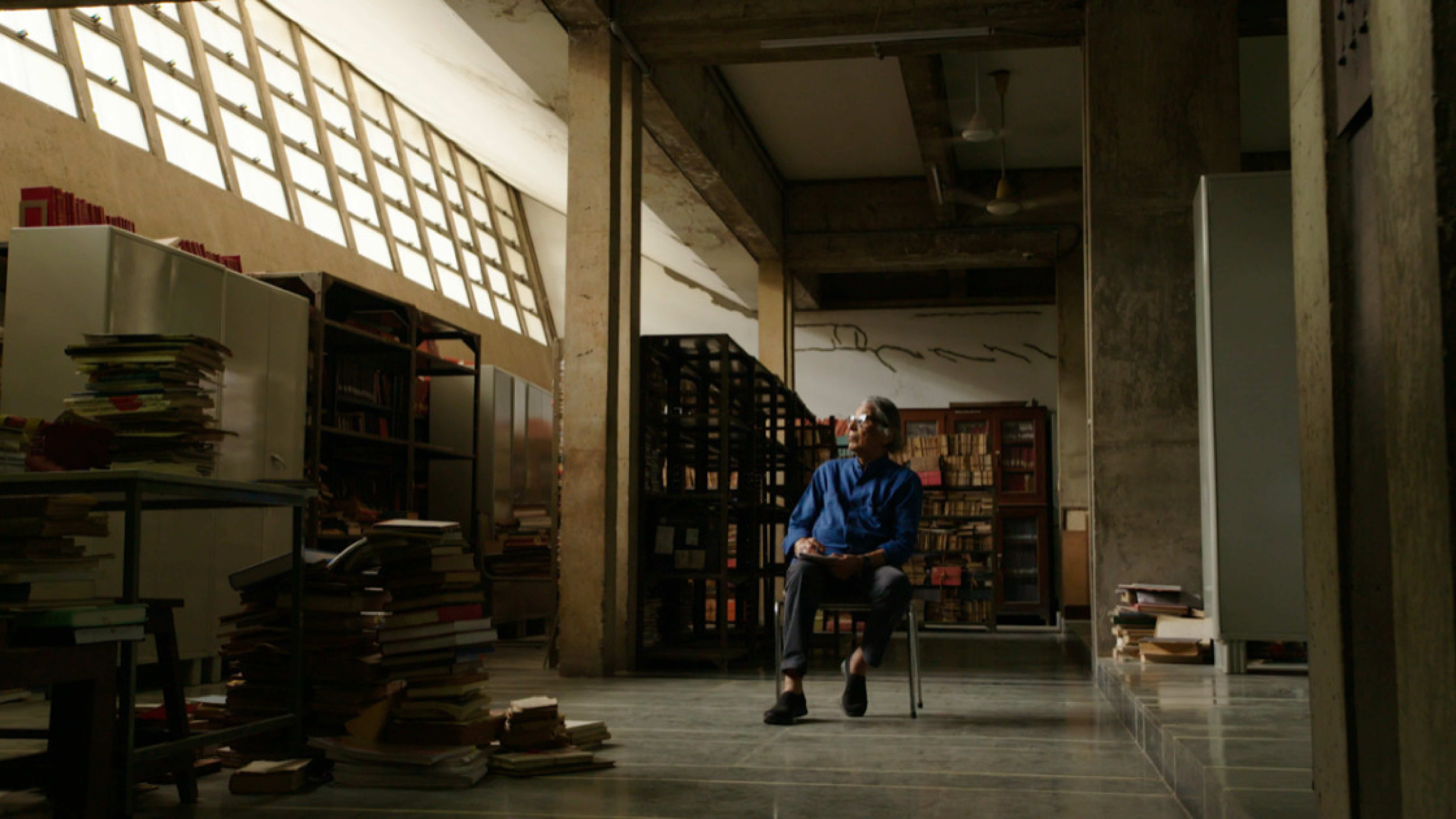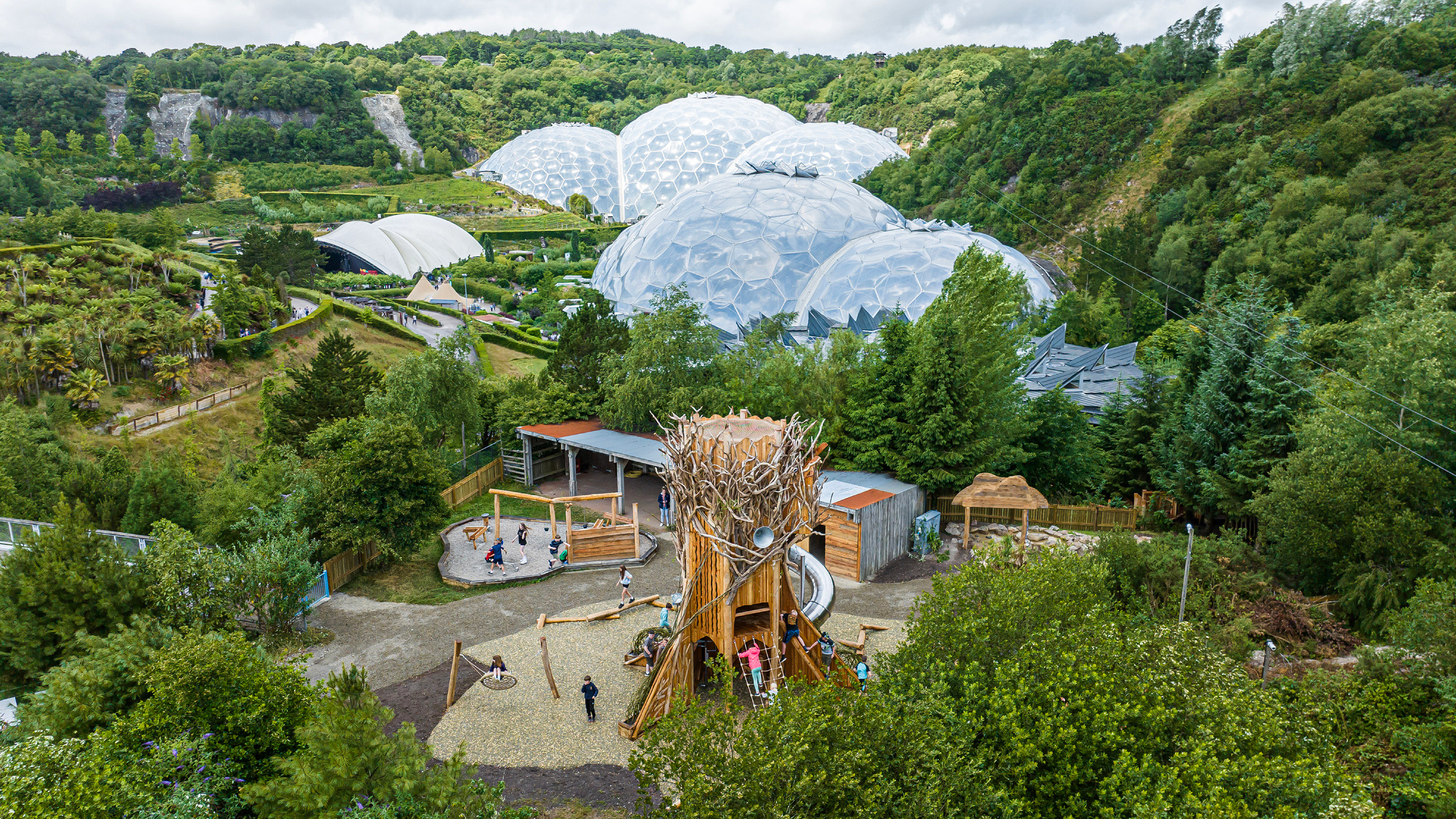In an era marked by environmental consciousness and sustainability, the concept of upcycling has transcended its roots in the world of art and craftsmanship to become a pivotal force in modern architecture. Upcycling, the process of reusing discarded or unused materials to create something of higher value, has emerged as a compelling strategy for architects and designers seeking innovative and environmentally friendly solutions. From salvaged wood and reclaimed bricks to refurbished shipping containers, the integration of upcycling principles into architectural practices is revolutionizing the way we conceive, design, and build spaces.
The fundamental ethos behind upcycling in architecture lies in its ability to breathe new life into materials that would otherwise end up in landfills or incinerators. By embracing this approach, architects are not only reducing waste but also minimizing the demand for new resources, thus significantly lowering the carbon footprint of construction projects. Moreover, upcycling aligns with the principles of a circular economy, promoting the reuse and regeneration of materials in a continuous loop instead of the traditional linear “take-make-dispose” model.
One of the most prominent examples of upcycling in architecture is the innovative use of shipping containers. These robust steel structures, originally designed for transporting goods across oceans, have found a new purpose as building blocks for homes, offices, and even public spaces. By repurposing containers, architects leverage their structural integrity and modular nature to create efficient, cost-effective, and sustainable structures. From stacked multistory residences to emerging commercial spaces, the adaptability of shipping containers showcases the versatility and potential of upcycling in architectural design.

Container House, Courtesy of Jim Poteet
Beyond containers, the incorporation of reclaimed wood has also become a hallmark of upcycling in architecture. Salvaged timber from old barns, factories, or demolished structures is being reimagined as flooring, wall cladding, beams, and furniture pieces. This practice not only preserves the unique character and history embedded in aged wood but also reduces the need for fresh timber, thus conserving forests and mitigating deforestation—an urgent environmental concern.
Furthermore, the concept of upcycling extends beyond materials to encompass entire buildings. Adaptive reuse, a form of upcycling, involves transforming existing structures into new, functional spaces rather than demolishing and rebuilding from scratch. Abandoned warehouses become vibrant art studios, disused factories evolve into modern lofts, and obsolete churches are reborn as community centers. This approach not only preserves architectural heritage but also reduces waste and conserves resources by breathing new life into aging structures.

The integration of upcycling principles into architectural projects presents challenges. Designing with recycled materials requires meticulous planning, as each element comes with its own history, wear, and limitations. Architects must consider factors like structural integrity, durability, and compatibility when repurposing materials, ensuring they meet safety standards while maintaining their aesthetic appeal.
Moreover, the success of upcycling in architecture depends on collaboration among architects, builders, suppliers, and clients. Sourcing high-quality recycled materials, establishing efficient construction methods, and educating stakeholders about the benefits of upcycling are crucial components in realizing sustainable architectural visions.
As the world continues to grapple with environmental issues and resource depletion, the role of upcycling in architecture becomes increasingly indispensable. Beyond its ecological advantages, upcycling fosters creativity and innovation by challenging conventional design paradigms. Architects are encouraged to explore unconventional materials and methods, pushing the boundaries of what is possible in sustainable construction.
Examples of upcycling projects in architecture include:
The Shipping Container House in California, USA, An exemplary use of shipping containers transformed into an elegant and sustainable residence. The design incorporates multiple stacked containers, creating a modern home with a unique industrial aesthetic.

Render Courtesy of James Whitaker via Dezeen

Render Courtesy of James Whitaker via Dezeen
The Upcycled Church Community Center in Netherlands, an abandoned church renovated and repurposed into a vibrant community center. Original architectural features are preserved while adapting spaces to meet contemporary community needs.

Courtesy of Stijn Poelstra

Courtesy of Stijn Poelstra

Courtesy of Stijn Poelstra
The Cineroleum in London, United Kingdom: A self-initiated project that converted a petrol station on Clerkenwell Road into a cinema. The project demonstrates upcycling in terms of materials and space by repurposing unexpected materials into a building and transforming an idle area into a cinema.

Courtesy of Assemble

Courtesy of Assemble
Upcycling in architecture represents a paradigm shift, moving away from the traditional linear approach towards a more circular and regenerative model. By harnessing the potential of discarded materials, architects are not only creating visually striking and functional spaces but also advocating for a more sustainable and responsible future for the built environment. As this trend continues to evolve, upcycling stands as evidence of the transformative power of creativity and conscientious design in shaping a greener tomorrow.







Leave A Comment